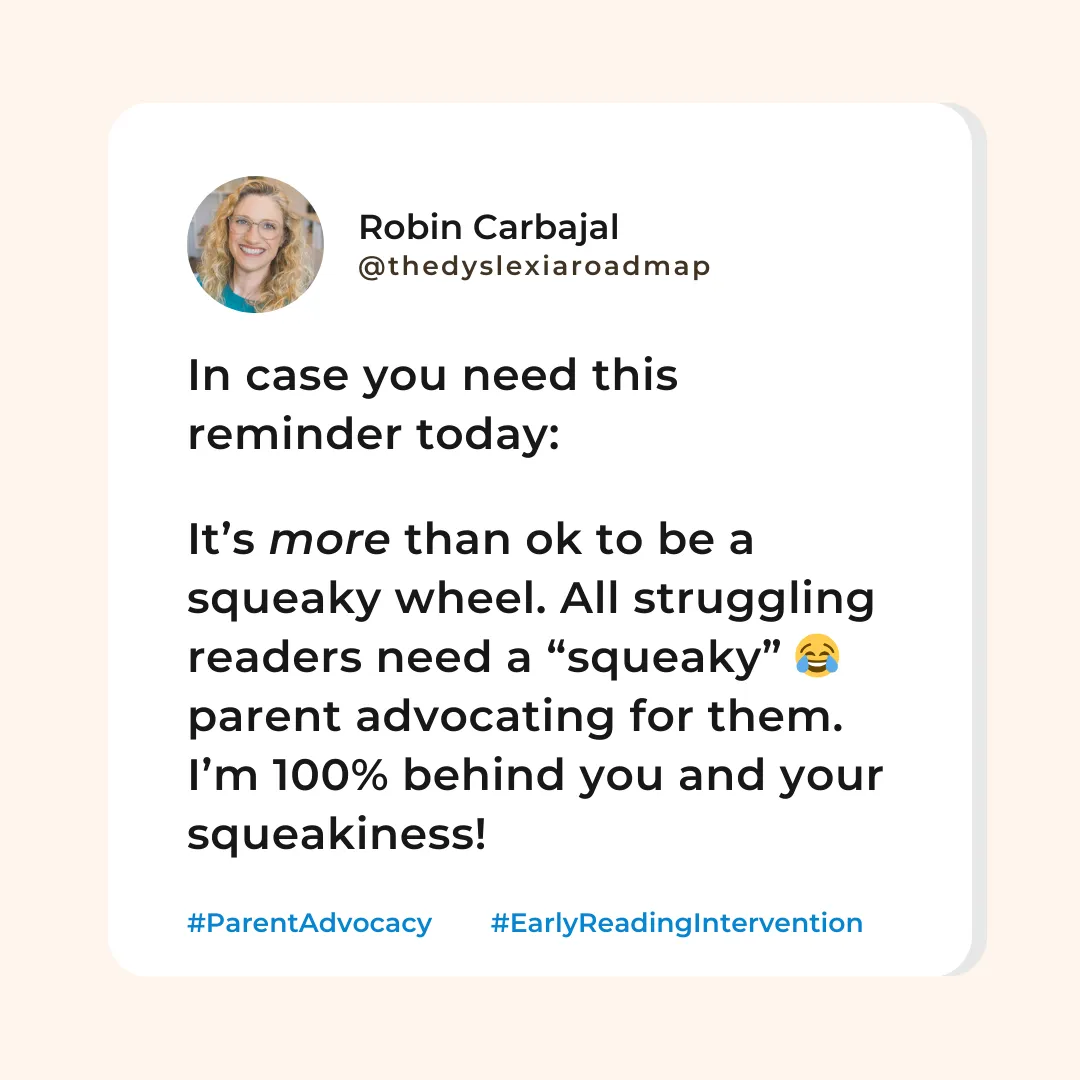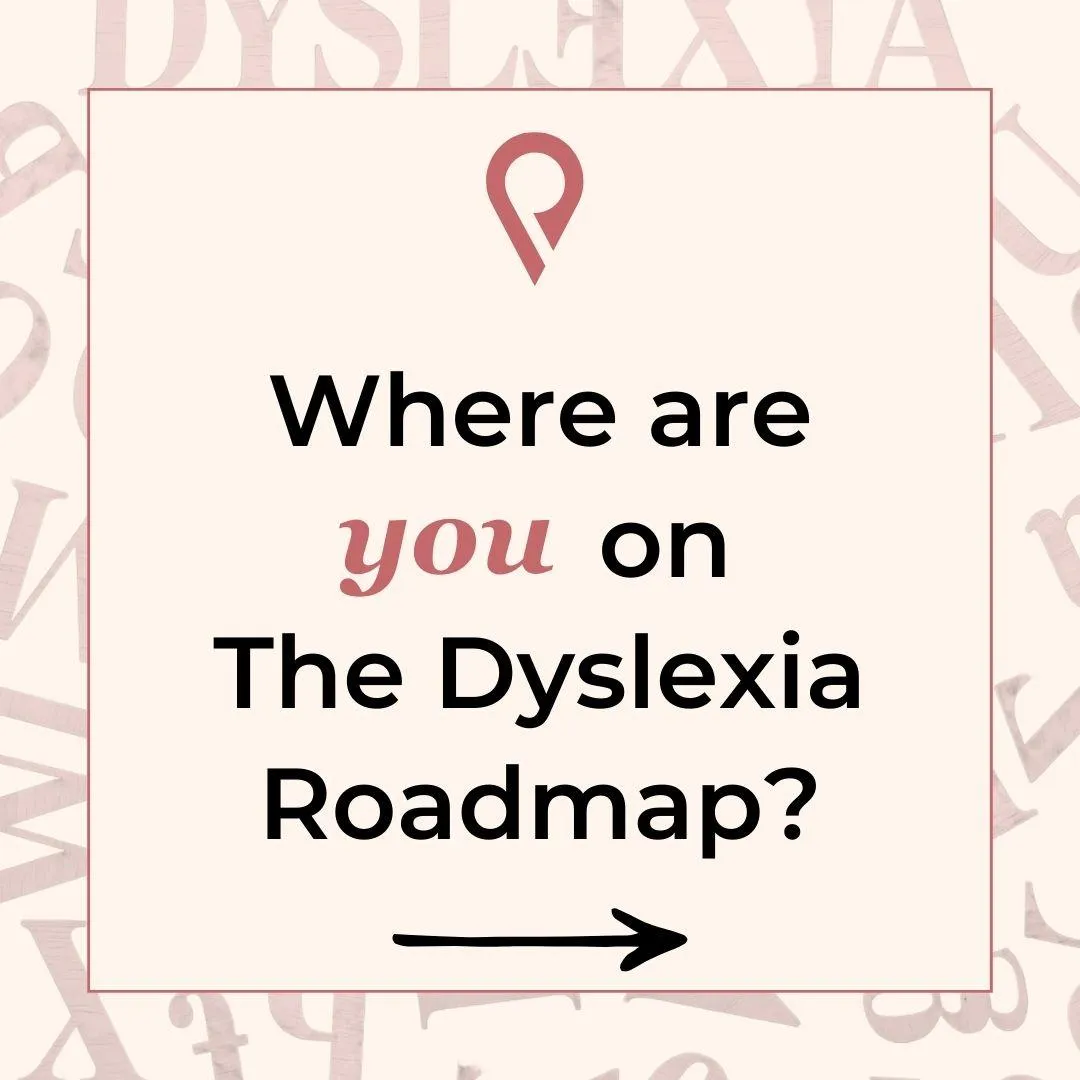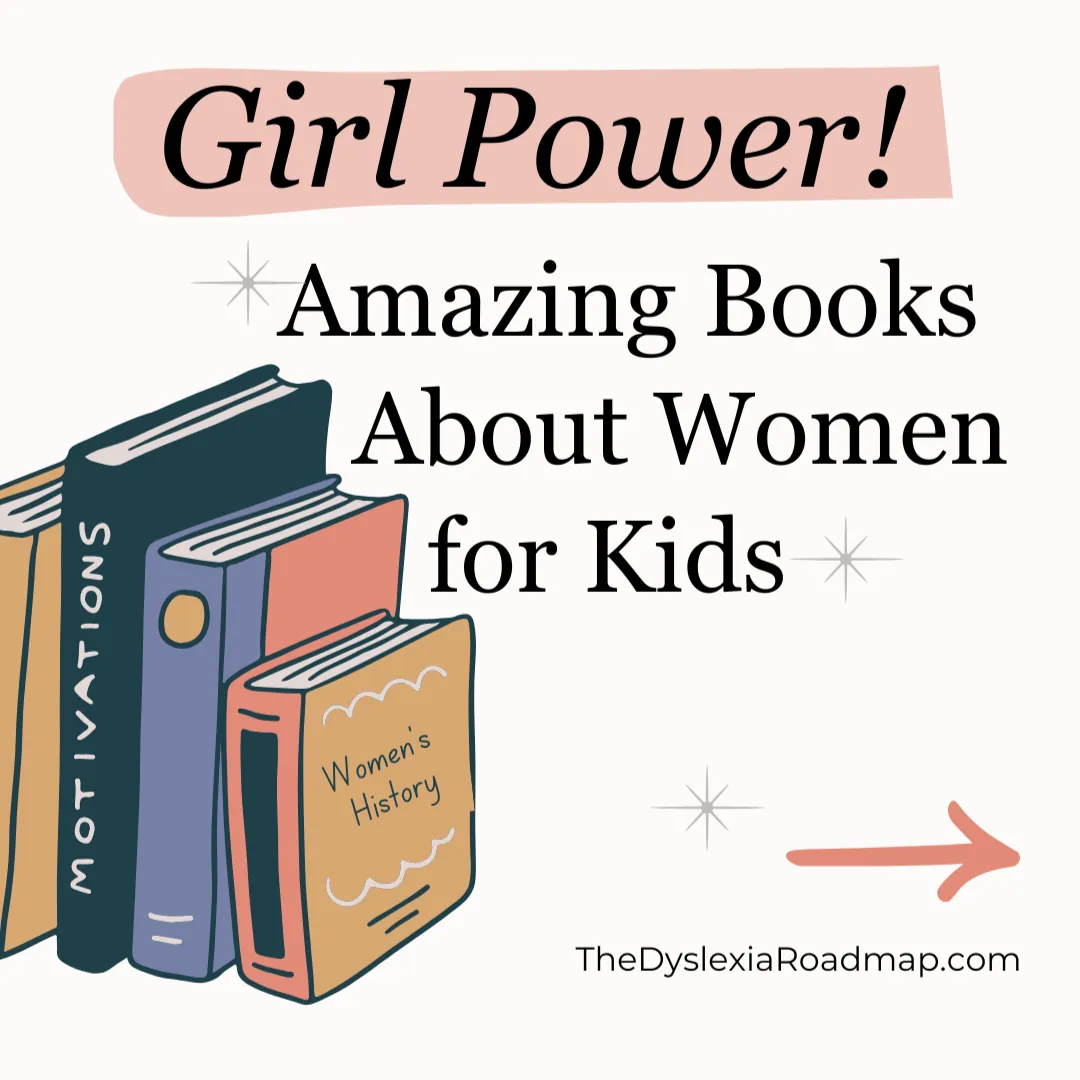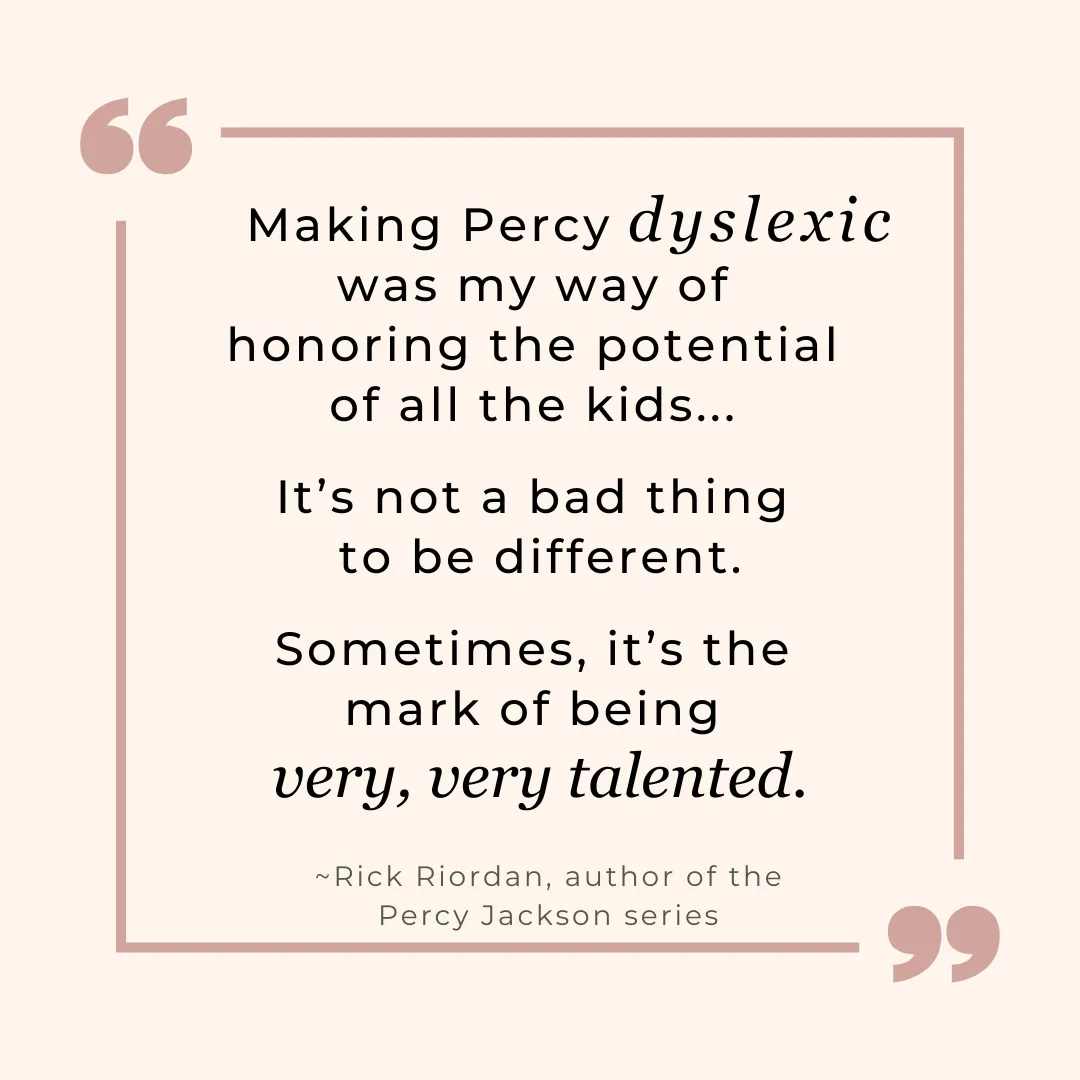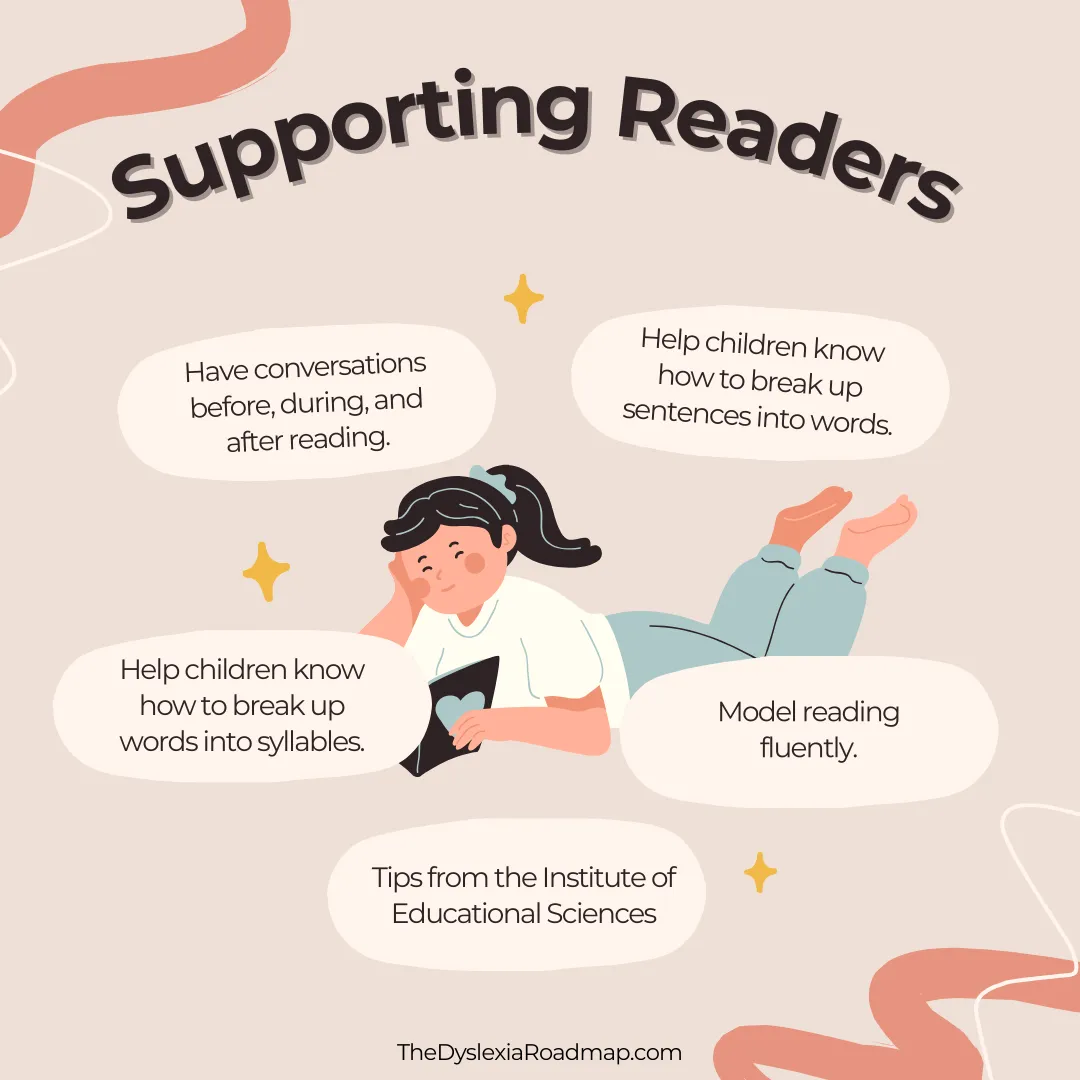The Dyslexia Roadmap
Building Confident Readers & Empowered Parents

I help families overcome children's reading struggles with simple, practical strategies that work at home.
You don’t need special training or hours of free time. The Dyslexia Roadmap gives you the plan, the guidance, and the confidence to make a big impact on your child's reading.
FREE RESOURCE
Parent's Dyslexia Roadmap:
A Step-by-Step Success Guide for Parents of Struggling Readers

Discover four essential principles to help your child find success in reading, despite dyslexia, ADHD, or other learning challenges. You'll learn:
A different approach to supporting children's reading at home.
A process that nurtures your whole child—because your child is more than just a reading level.
Steps to empower a child weighed down by academic challenges.

As a licensed dyslexia therapist and parent reading coach for over two decades, I’ve learned that the fastest way to make real reading progress is to focus on your child’s reading roadblocks. These are typically weak, critical foundational skills that slow everything else down.
This is where parents' support at home can make all the difference.
I show parents how to find and then target a child’s specific reading roadblocks through movement, active games, and hands-on activities. No worksheets or drills. Just family fun, reading progress, and an opportunity for a deeper connection with your child.
Free Community support
Find Reading Support & Join the Community
About
Hello! I'm Robin
Dyslexia Therapist
MED, LDT, CALT
My name is Robin Carbajal. I am a Certified Academic Language Therapist (CALT) and a Licensed Dyslexia Therapist with over 20 years of experience teaching students to read. I hold a certification in elementary reading and have a master’s degree in Special Education & Dyslexia. I love making learning to read fun and witnessing the joy reading brings to a child!

20+
Years Experience
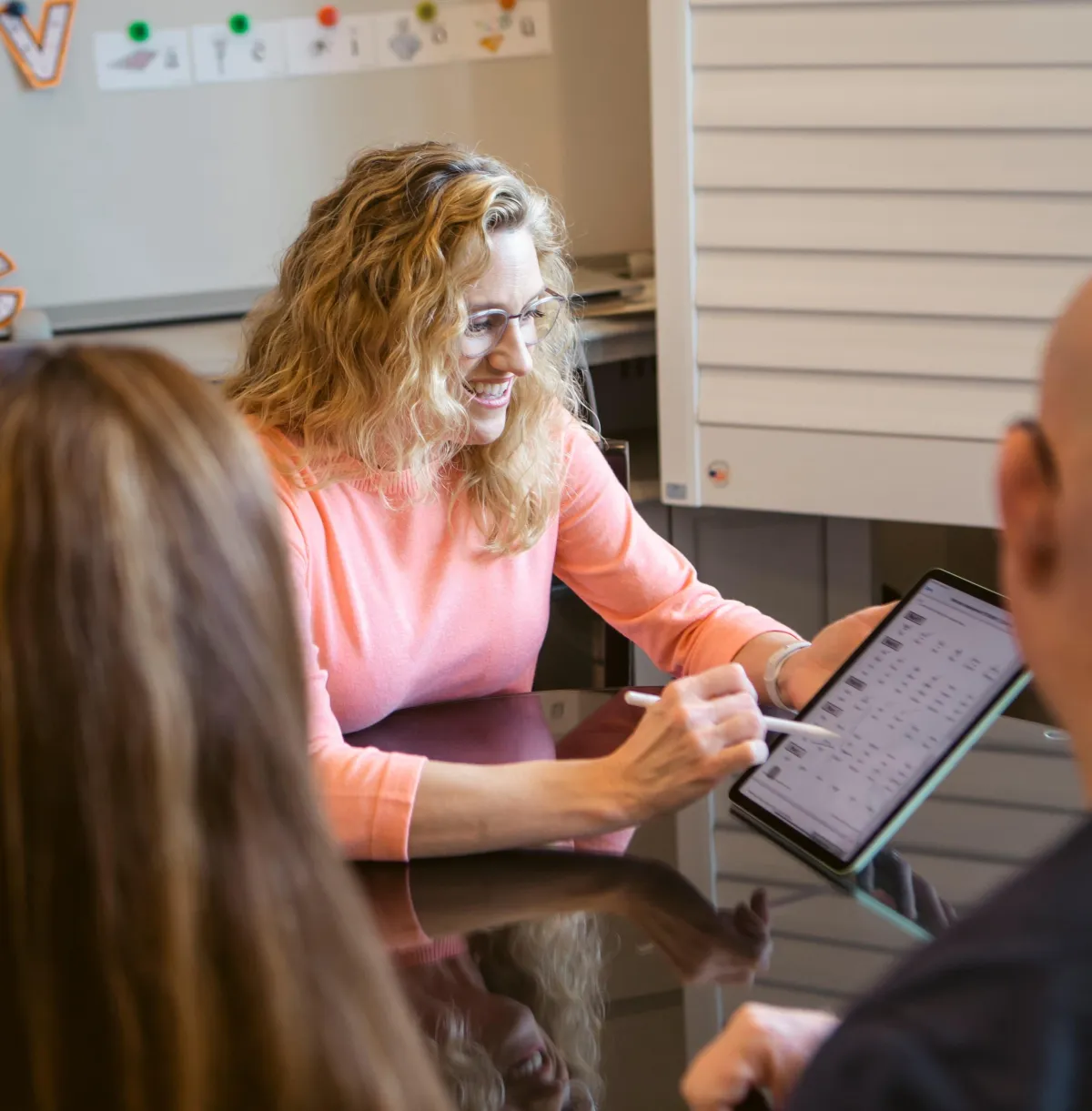
Does this sound familiar?
With complex learning challenges such as dyslexia and ADHD in the mix, you're afraid to make a mistake and second-guess your decisions.
Late-night Google searches have your head spinning with (mis)information overload. It's a classic case of analysis paralysis.
The pressure at home is mounting. Your child's anxiety about school is building as fast as their self-esteem is falling. The whole family feels the stress, and patience is wearing thin.
Your time is limited and you need a way to support your child without all the extra stuff.
If this feels like you, The Dyslexia Roadmap Resources for Parents can help!
Learn More
Options to Meet Your Needs

Dyslexia
Therapy
1-to-1 sessions with a Dyslexia Therapist, for children and adults. Online or in-person.

Free
Resources
Resources specifically designed for the support you need as a parent of a struggling reader.
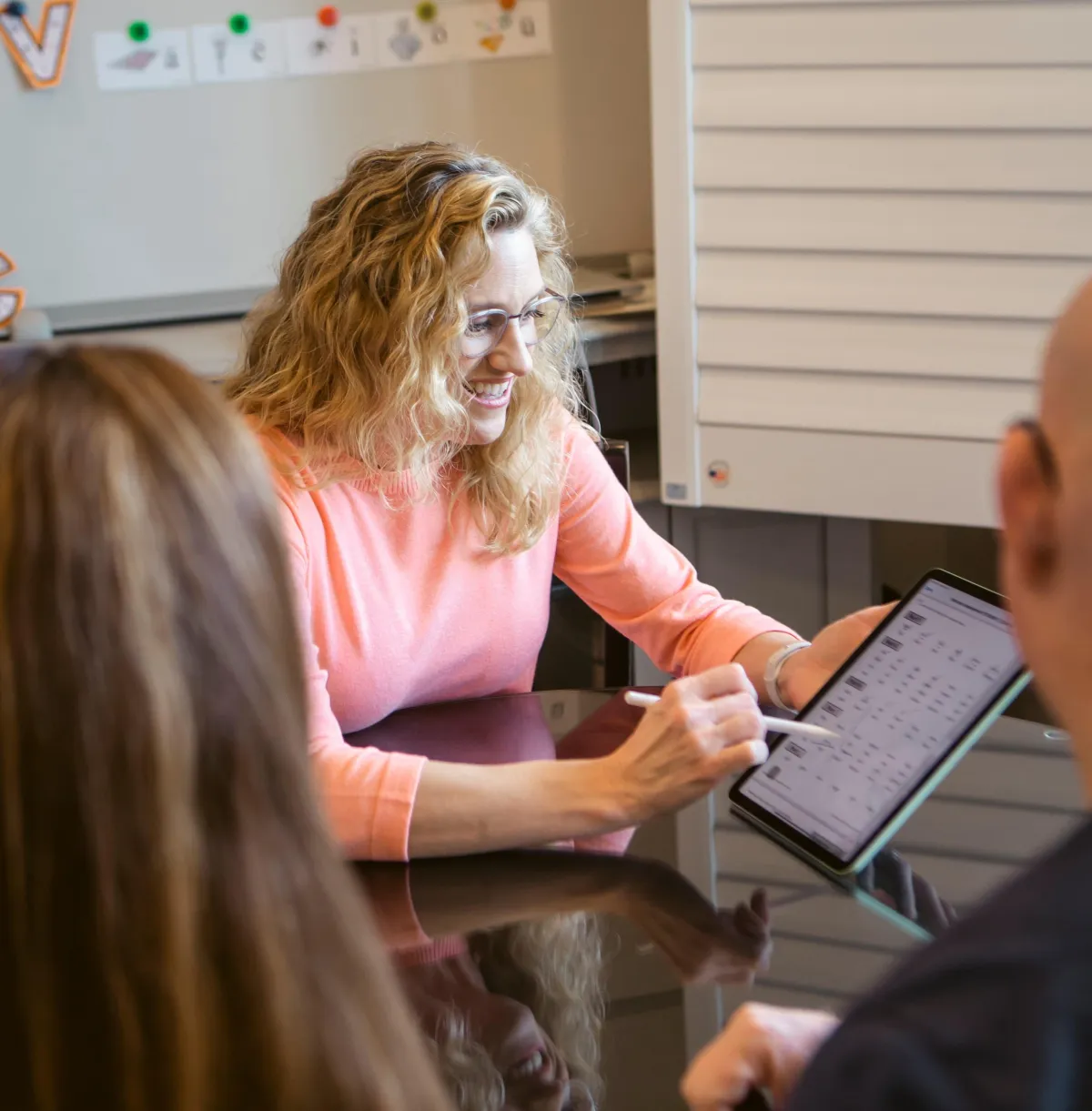
Parent
Coaching
Consult directly with a Dyslexia Therapist to confidently support your child at home.

Join the Free
Community
Find your people in the free Skool community, Parent's Reading Roadmap .
Custom Summer 2026
Collection


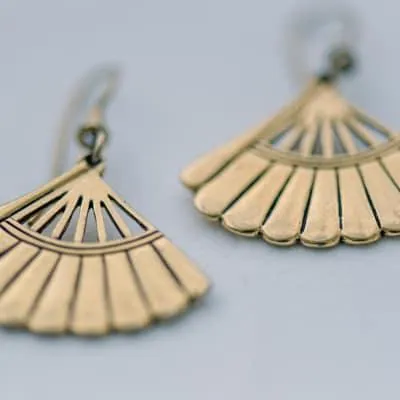

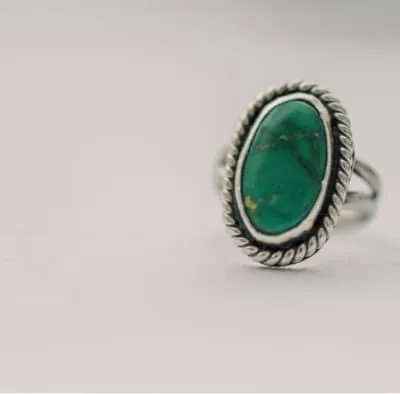

JOIN US
FREE Community on Skool
Parent's Dyslexia Roadmap
Join our warm community of parents learning simple, effective ways to help their children grow as readers. You’ll find practical strategies, trusted guidance, and other parents who “get it.”
So, if homework ends in tears, if you feel lost in the school system, or if you just want your child to feel confident again, you'll find your people here. Here, you'll
Here, you'll:
Make reading practice doable at home
Understand school lingo in plain English
Build your child’s confidence and self-advocacy
Feel prepared for IEP/504 meetings
Connect with parents who’ve been there
Get Support
Reading Support Customized for Your Child
Find the level of support that is right for you.
How It Works

Chat With An Expert
Get personalized advice and answers from our knowledgeable jewelry specialists today.
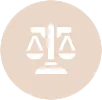
Diamond Selection
Explore our curated collection of premium diamonds to find the perfect match.

Design Your Ring
Craft a custom ring that perfectly embodies your personal style and vision.
NEW
Our Latest Jewelry
20% OFF Entire Wedding Collection
Save 20% on our Entire Wedding Collection! Discover stunning rings, elegant necklaces, and timeless earrings designed to make your special day unforgettable. Shop now and celebrate in style.

Sterling Silver Rings
£8.00

Necklaces
£29.00

Gemstone Bracelets
£19.00

Wedding Band Matching Set
£25.00

Gold Bracelets
£87.00

Gemstone Necklace
£42.00
Frequently Asked Questions
My child doesn't have dyslexia, but they struggle with reading. Can I still use these resources?
Yes! These resources are designed to support a child with reading, and can benefit students with or without dyslexia.
Do I need experience in education to use the resources?
No! These resources are designed for parents. No experience is needed.
Can I use these resources with my homeschool curriculum?
Yes! If you are already homeschooling, these resources can be integrated into your reading and writing curriculums.
What if my time is limited?
These resources are designed to help you maximize your time. Many of the activities can be done on the go!
Other reading programs go through each reading skill and my child can't skip skills even if they understand that skill. Is this the same?
No, it is not. I know that all children are different. Whether you are supporting your child at home using these resources or I am working with your child in Dyslexia Therapy, time is spent on skills that your child needs support in. Reading skills cover a large scope, but not every child needs everything. These resources break it down, so time is only spent on what your child needs.
What if I need support after purchasing a resource?
I offer parent coaching! Reach out through https://www.skool.com/thedyslexiaroadmap or send me an email to [email protected]
Testimonials
What They Say
"I am so thrilled to say that with Robin's help, our daughter has made leaps and bounds in reading over the past six months. If you are looking for someone who genuinely loves what she does and cares deeply for your child, Robin is a true gift!"

Amanda W. - Happy Client
"I would recommend Robin without a moment's hesitation...
Robin's work goes beyond just improving reading and language; it changes all aspects of a child's academic ability. She is amazing!"

Chrystalee T. - Happy Client
Robin is extraordinary! Working with her has made all the difference in the world. Our son is now reading above grade level and watching him read with confidence is invaluable! I highly recommend Reading Remedies to anyone who wants to help their child become a strong reader.

Shereen B. - Happy Client
© The Dyslexia Roadmap | Copyright 2026. All rights reserved.

